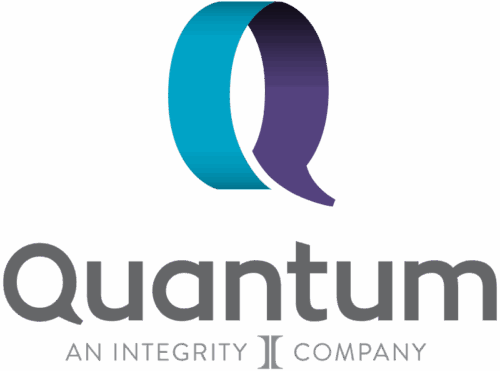Often at Quantum we meet with financial advisors who have decided to make the leap away from working for others by establishing their own independent practice. Because they are new entrepreneurs, most don’t have CRM (customer relationship management) software yet.
As a fledgling business owner, it’s important to realize that there are many aspects beyond your expertise and knowledge as a financial advisor that are essential to achieving success. One relies on creating a great brand and unique value proposition. The other is creating scalable, repeatable business processes and practices. This is where a CRM is critical.
The annual T3/Inside Information Software Survey report found that, again in 2021, the advisor community ranks the CRM as the most valuable piece of their software suite (56%). Financial planning was a distant second (26%), followed by portfolio management (15%).
For financial advisors, the CRM has moved beyond a fancy Rolodex or Excel list. The CRM now serves as the hub of an advisor’s daily workflow, including a list of things to do, notes, reminders and calendar. It can remind advisors of important dates, like client birthdays, children’s names and ages as well as annual review deadlines. According to Investopedia, “CRM solutions are now infused with the technology to help advisors create tailored communications, generate deep business insights on their clients and prospects, automate workflows, increase lead conversions, and increase profitability.”
When it comes to managing prospects, a CRM allows the advisor to segment where each person came from—like referral, specific event, met at your golf club—the prospective client sources are endless and up to you. Remember, it can take many different touches to finally convert a prospect into a client, and some may take years. Your CRM can help you manage parallel activities and multiples processes to move prospects down your marketing funnel and convert them into clients.
Let’s say you had 50 signups to a seminar you hosted. Only 30 showed up and 10 of those wanted consultations. Now you can create three different segmented lists in your CRM: 1) 20 no-shows 2) 20 attendees 3) 10 consultations.
The last segment should get a lot of attention as you reach out to each personally for additional meetings and follow up. The second segment was clearly interested enough to attend your event, so they should also receive a personal call thanking them for attending as well as a special series of emails reminding them of what they learned and inviting them to meet with you.
But don’t forget the no-shows—you don’t know why they didn’t attend. They could well become a client someday if you handle them correctly. Send them a customized email—i.e. “we missed seeing you but here’s what we covered”—then add them to your monthly e-newsletter campaign. A CRM allows you to do all of this.
If you don’t have a CRM yet, here’s some of the latest research about what advisors use:
Redtail continues to lead the category by a wide margin and its satisfaction score continues to be outstanding. It’s possible that Redtail owns well over half of the CRM market share. Wealthbox appears popular with a very small advisory firms, while Salesforce is favored by large ones. The biggest mover in terms of market share for 2021 is Envestnet’s Tamarac program, which jumped from just over 6.5% of respondents in 2020 to just over 15%. It is also a major player in the portfolio management and trading/rebalancing categories, the second-most valuable piece of software as rated by advisors.
 Source: https://t3technologyhub.com/wp-content/uploads/2021/03/2021-T3_Inside-Information-Software-Survey-Report-03-22-21.pdf
Source: https://t3technologyhub.com/wp-content/uploads/2021/03/2021-T3_Inside-Information-Software-Survey-Report-03-22-21.pdf
Do you have questions about setting up processes, forming your own business, or expanding your financial advisory practice? Call Quantum at 800.440.1088.
Aleata considers herself a planner and a process-oriented person; she enjoys using Gantt charts to build out project deadlines and delineate the resources needed in a step-by-step manner.



